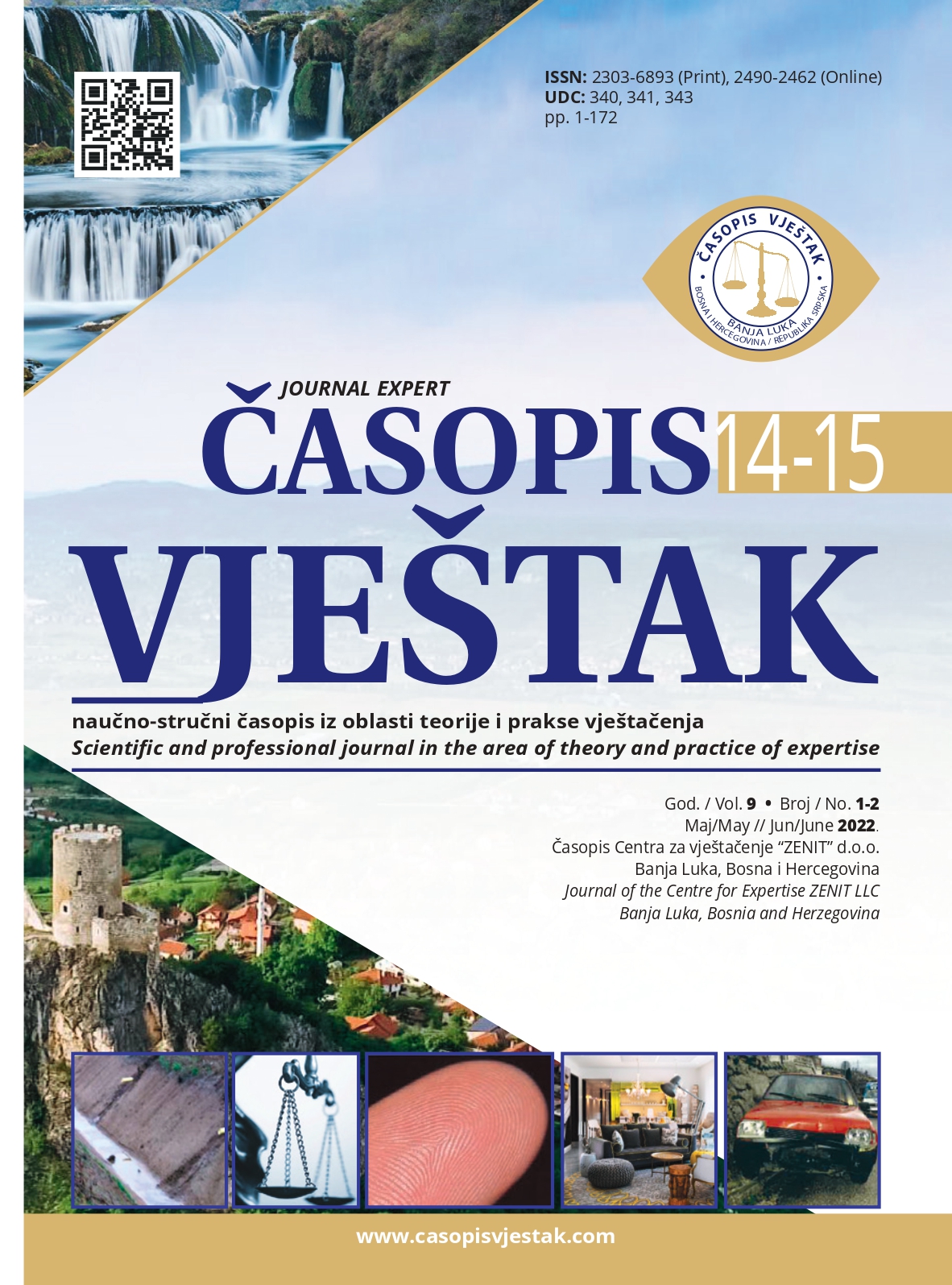Landslides as a consequence of surface exploitation of mineral resources
Abstract
All sloping natural terrain surfaces are constantly moving, faster or slower. Natural causes, such as seasonal
changes in humidity and temperature, in various groundwater and surface waters, precipitation and winds, changes in
soil physical properties due to various slow geological and chemical processes(such as leaching and decay), tectonic
disturbances and earthquakes, careless interventions in changing the vegetation cover and groundwater regime by creating artificial lakes or improperly soaking slopes, and changes in the shape of natural slopes or loads, cause a change in the
structure and characteristics of soil layers. The consequences of this could be constant, albeit very slow movements of the
surface layer down the slope, the so-called “crawling” or occasional fast and large movements of larger parts of the slope,
the so-called landslidings. The layers on the slope will be in balance when at each point the shear strength is greater than
the shear stress. During long geological changes, the grades of natural slopes are adjusted to the constant shear strength,
so for the slopes in this case could be said that they are stable. If, due to any natural action or artificial intervention, the
balance on the slope is disturbed and if the shear stresses reach the actual shear strength of the material, the ground will
start to slide. Once started, it will continue and expand until, by changing the shape of the slope, the balance is again reestablished with the new distribution of masses, that is, until the influences that disturbed the balance in the first place
cease to act. The development of the sliding speed over time is an important factor for the classification and prognosis
of sliding. When the ground is crawling, the speed is very low and approximately constant, up to 30 mm per year. When
sliding, this speed depends on the deformation characteristics of the material, morphology and the grade of the sliding
area, and it could be anywhere from 30 cm / day up to 400 m / min. Surface exploitation of mineral resources, as a typical artificial intervention, often causes a disorder of the natural balance, that is, it leads to stresses that exceed the shear
strength of all segments of the slope, and thus to the occurrence of landslides, which in turn can lead to material damage
to facilities that gravitate to such mining work. For this reason, the stability of the working and final slope of the surface
mine is one of the most sensitive and important segments of the surface mining.
